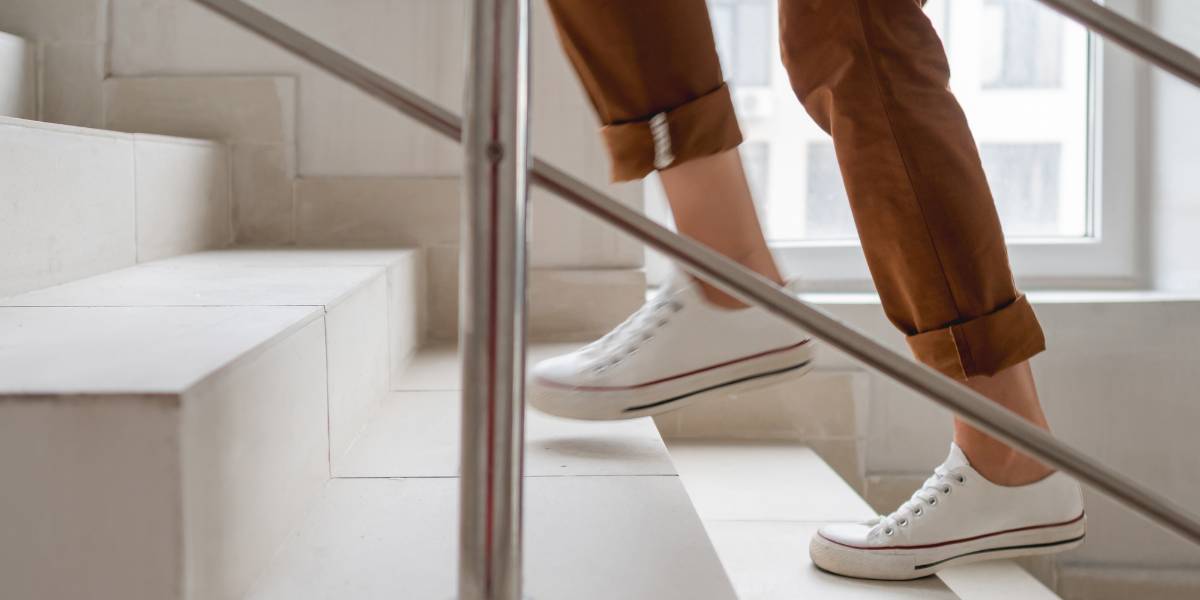Breaking up long periods of sitting down by taking short, frequent walks is a simple way for people with type 1 diabetes to manage their blood sugar levels, according to a new study.
Until now, experts were unsure if the benefits of ‘activity snacking’ for people with type 2 diabetes could also be seen in those with type 1 diabetes.
Now for the first time, research has shown how beneficial these short breaks can be in helping people with type 1 diabetes reduce their risk of developing future complications by spending more time with their blood sugar levels in target range.
Dr Elizabeth Robertson, Director of Research at Diabetes UK which funded the research, said “It’s incredibly encouraging that these findings suggest that making a simple, practical change – such as taking phone calls while walking, or setting a timer to remind you to take breaks – to avoid sitting for long periods could have such a profound effect on blood sugar levels.”
Being active helps the body to use insulin more effectively by raising the amount of glucose used by muscles. Previously, experts were unsure whether ‘activity snacking’ could increase the risk of hypos in people with type 1 diabetes.
Dr Matthew Campbell, from the University of Sunderland, set out to examine the impact of breaking up sedentary time on blood sugar levels in people with type 1 diabetes.
His study involved 32 participants who completed two seven-hour sitting sessions over a two-week period.
In one session, the volunteers remained seated for the full seven hours. In the other session, three-minute bouts of light intensity walking took place every 30 minutes to break up sitting time.
Continuous glucose monitors were used to track the volunteers’ blood sugar levels over a 48-hour period during and after each sitting. All the participants stuck to the same diet, activity levels and insulin doses during the study period.
Researchers found that the regular walking breaks resulted in lower average blood sugar levels compared to the session where no breaks were taken. This increased how much people’s blood sugar levels stayed in the target range by 14%.
Importantly, the walking breaks did not increase hypos.
Dr Campbell said: “These results provide the first piece of evidence that simply breaking up prolonged periods of time sitting with light-intensity activity can increase the amount of time spent with blood sugar levels in the target range. Importantly, this strategy does not seem to increase the risk of potentially dangerous blood glucose lows which are a common occurrence with more traditional types of physical activity and exercise.
- Living with type 1 diabetes since 1942: ‘have a balance’
- Artificial pancreas improves blood sugar control in young children with type 1 diabetes
“Breaking up prolonged sitting with light-intensity activity is something that people can do irrespective of whether they currently exercise or not. For some people, ‘activity snacking’ could be an important stepping-stone towards more regular physical activity or exercise, whereas for others, it may be a simple and acceptable intervention to help manage blood glucose levels.
“Following on from these initial findings, our preliminary analyses also show that breaking up prolonged sitting time with light-activity breaks may improve blood vessel health and reduce the risk of diabetes related complications.”
Dr Robertson added: “For people with type 1 diabetes, managing blood sugar levels day in day out is relentless. Being physically active is important in managing the condition but building exercise into your daily routine can be challenging, and even those who exercise frequently can often spend a lot of time sitting or lying down.
“Breaking up sitting time with short bursts of activity offers a cost-free way to help people with type 1 diabetes manage their blood sugar levels and potentially reduce their risk of future complications. We look forward to further research to understand the long-term benefits of this approach.”




